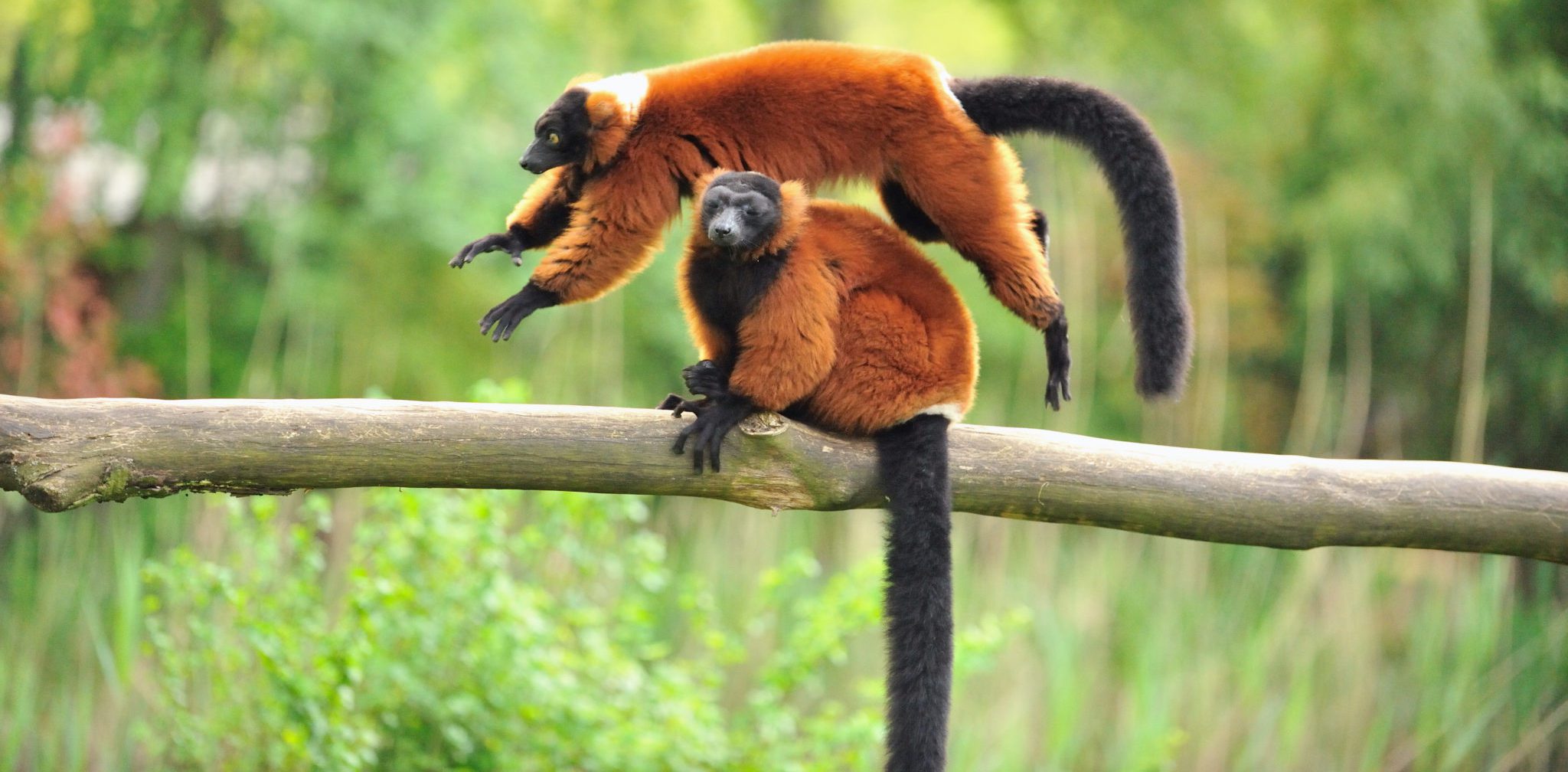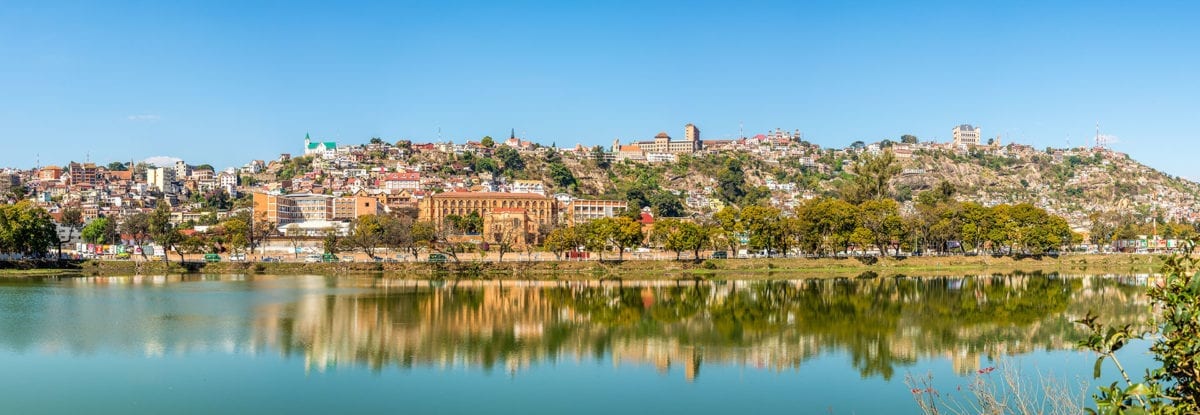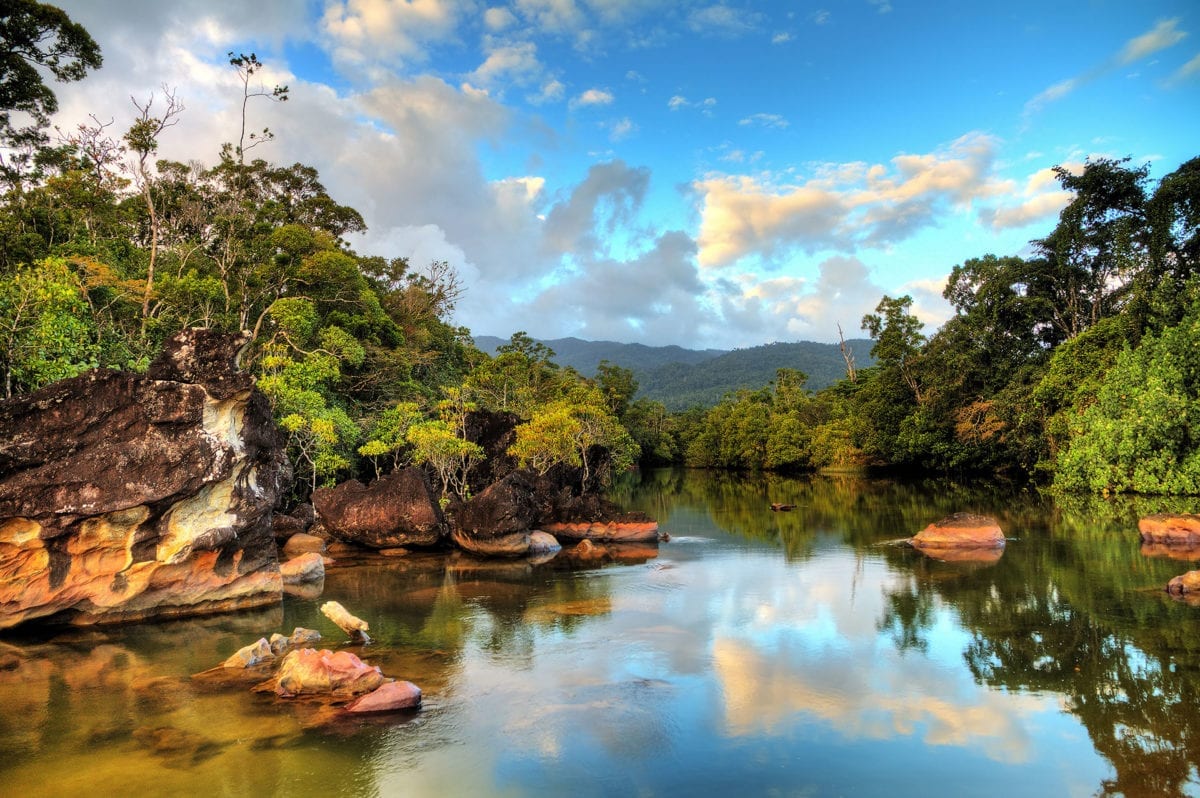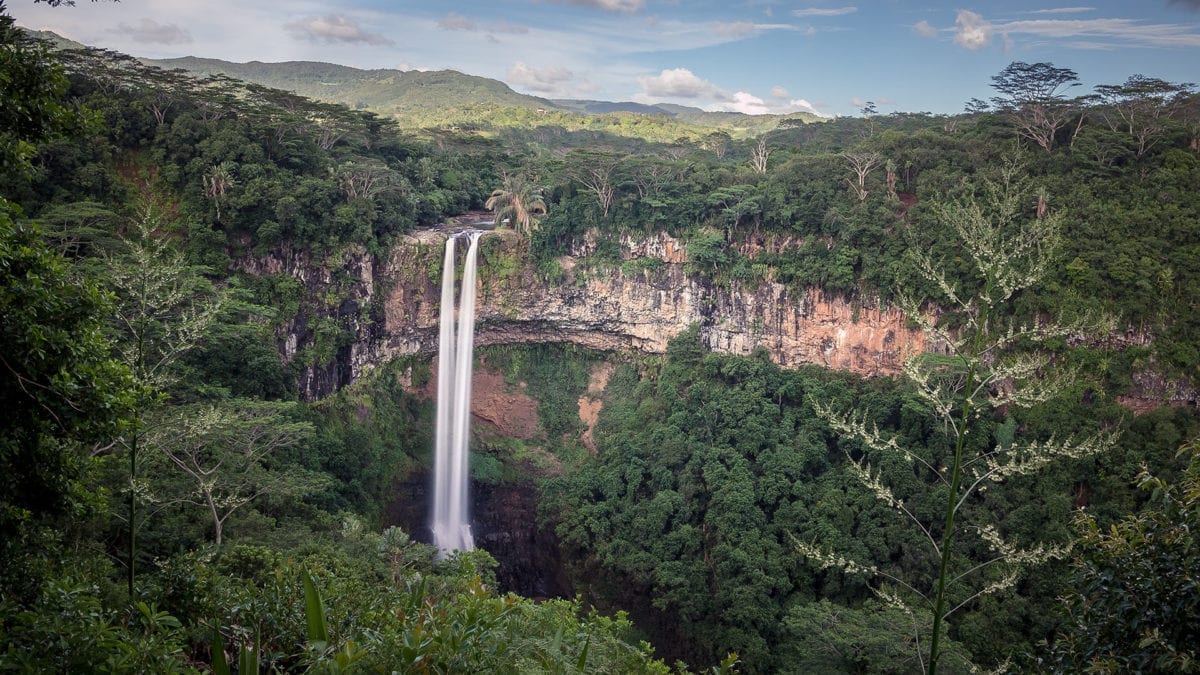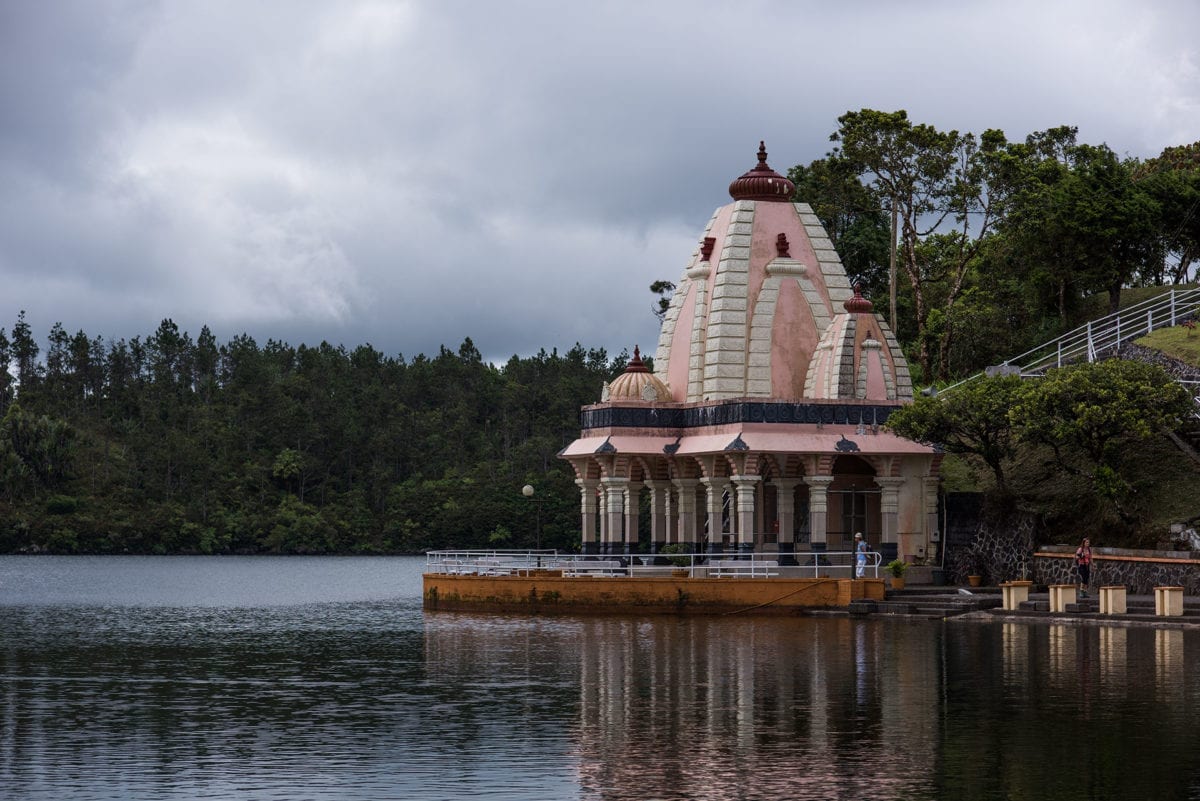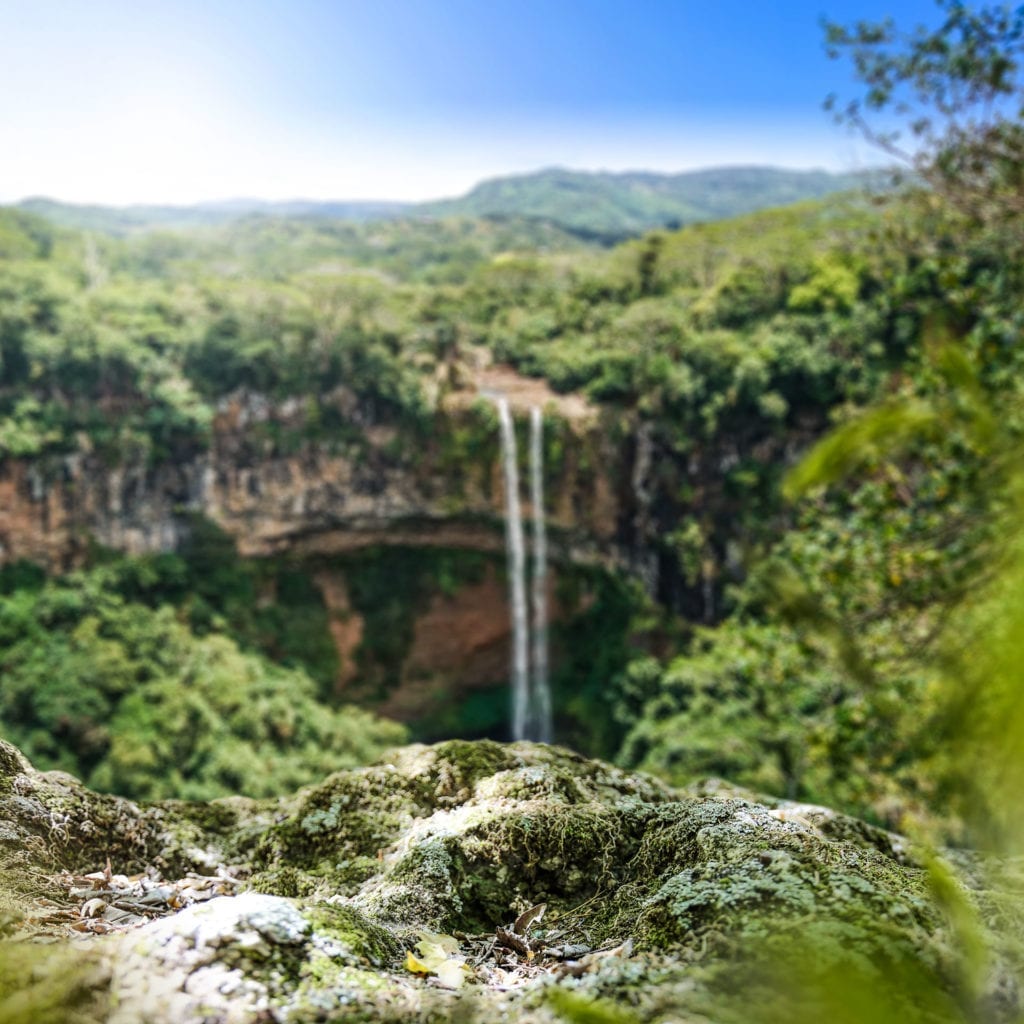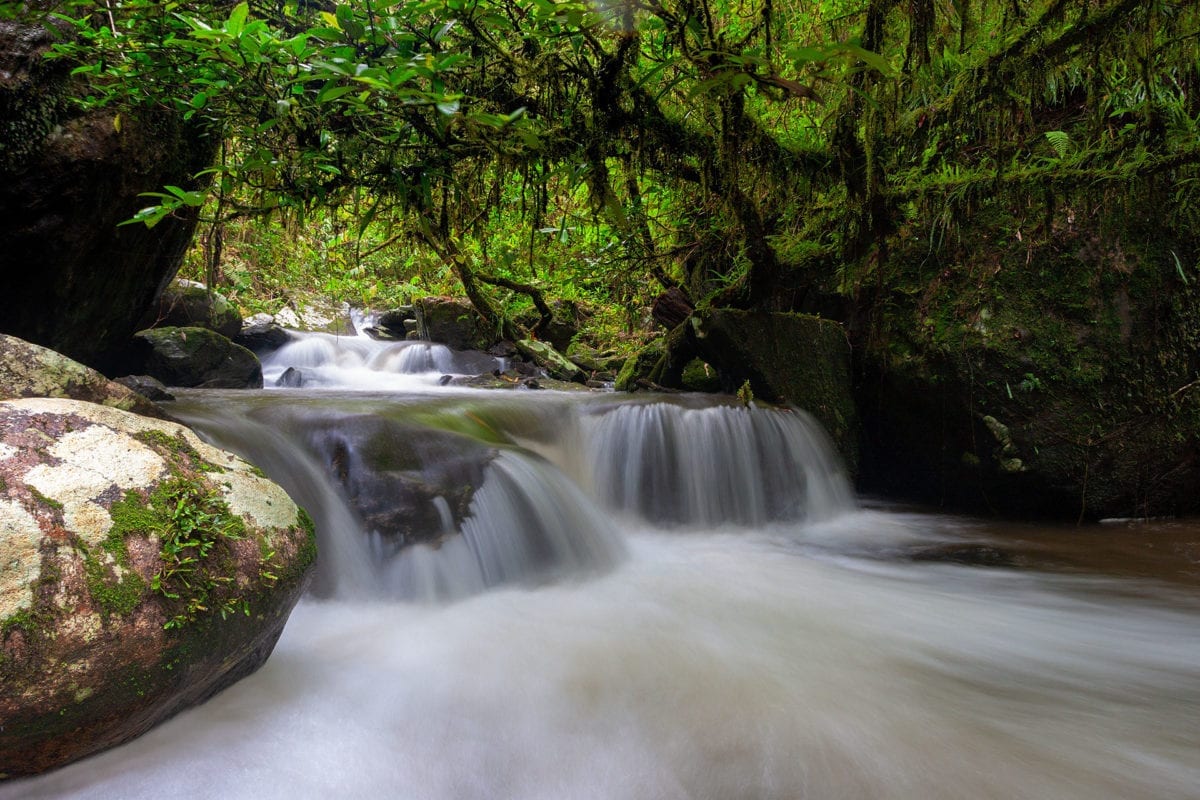Madagascar may not be for everyone. If you don’t like extreme biodiversity, cute little lemurs, on-the-water sports, endless beaches and a French-influenced, largely agrarian culture, you’d better sit this one out. (By the way, there are no penguins here – that’s only in the movies.)
Lying 265 miles off the southeastern African coast with a population of 25 million, the Great Red Island of Madagascar sits at the crossroads of trade routes between Africa, India and the Middle East. In fact, the independent nation is still the world’s largest producer of vanilla.
Madagascar is all about three things: animals and plants you’ll see nowhere else, plus incredible tropical landscapes. Fifty percent of the world’s chameleons call Madagascar home, as do the planet’s lemurs, which include 70 species. More than 10,000 plants have been identified so far on the island, and the vast majority of them are unique to Madagascar. Photo op: a good number of centuries-old, thick-trunked, broccoli-topped Baobab (bay-oh-bab) trees strut their stuff on the dirt-road Avenue of the Baobab in western Madagascar.
One of the country’s 20 national parks is Ranomafana, midway up the island’s eastern shore. The “cloud forest” it’s situated within keeps things moist most of the time, which is terrific for biodiversity and for the dozen or so species of lemurs who hang out in the park. They include the red-bellied, the golden bamboo (which thrive on a diet of cyanide-laced bamboo) and one called aye-aye.
If it’s a peek at a black lemur you’re after, or maybe a panther chameleon, your best bet is Lokebe National Park on the island of Nosy Be in northwestern Madagascar. Hang around Nosy Be later and enjoy the nightlife, some of the best around.
As you’ve probably guessed, “nosy” means island in Malagasy. While shopping, one predominantly hears French and Malagasy being spoken.
At Masoala National Park, the island’s largest protected area and a World Heritage Site, fertile rainforests thrive. Offshore, a trio of marine parks safeguard spectacular coral reefs and bountiful coastal life.
Off the eastern coast of Madagascar is a wonderful place called Nosy Baraha, or Ile Sainte Marie, a long, thin lush island of hotels, resorts, beautiful beaches and secluded coves. Visit between July and September and wave to Magaptera Humpback whales as they navigate the narrow channel between the mainland and Ile Sainte Marie seeking warmer breeding waters.
The Royal Hill of Ambohimanga looks down on the nation’s capital, Antanarivo. It’s one of twelve hills that do. But this historic hill is a place of worship, representing the very heart of the Malagasy culture and heritage. A royal city resides within the compound along with burial sites.
Shoppers seek first the marvelous vanilla, and then they find those wonderful (and expensive) Malagasy coffees, essential oils such as helichrysum, ginger and cinnamon, raffia, crafted wood and Baobab seeds.
Consider staying at the Princesse Bora Lodge and Spa on Ile Sainte Marie. Envision villa suites on the beach, nearby pools and perhaps a revitalizing citrus bath followed by a wild honey body scrub and a massage with local Ivahona oils.
Only 700 miles by air from Madagascar, the luxurious tropical island of Mauritius makes up for what Madagascar lacks in wealth and infrastructure with two World Heritage Sites, nightlife, fine dining, horse racing, deep sea fishing, wildlife parks and perhaps the most elegant white sand beaches anywhere.
Once a haunt of pirates, Mauritius is best known now as a snug harbor lined with classy beach hotels backed by volcanic mountains. Day outings revolve around exploring colonial houses, Indian temples and botanical gardens, and walking among huge ebony trees where rare birds dwell.






















